■ The Historical Solo Albums of Hiroshi Sato, Pianist and Synthesist!
Once again, just like the previous time, this is the third part of the interview with Hiroshi Sato, a pianist, composer, and producer who was praised by Tatsuro Yamashita as Japan's number one pianist.
In 1995, I was fortunate enough to interview Hiroshi Sato, one of the most iconic keyboard players in J-Pop history. Hiroshi Sato had contributed to many historic performances, collaborating with numerous J-Pop artists such as Tatsuro Yamashita, Minako Yoshida, Haruomi Hosono, Shigeru Suzuki, and Toshiki Kadomatsu. He passed away in 2012.
This time, we will focus on Hiroshi Sato's solo albums, incorporating scenes from his studio and interviews that we couldn't include in the previous installment.
■ Hiroshi Sato's Studio: A Mountain of Equipment!
Hiroshi Sato's home is located in a quiet residential area, and his studio was set up within a regular house. In the center, there was a mother keyboard (piano), surrounded by numerous synthesizers, including the Yamaha DX7II, Oberheim Expander, Roland D-550 (D-50 sound module), as well as drum machines, digital reverbs, and many high-end effect units.
Sato has a strong passion for new equipment, and most of his solo albums under the Hiroshi Sato name were produced by him personally. His private studio was the foundation for this. As someone who also loves synthesizers and gear, I couldn't resist diving deep into conversations about equipment during the interview (at one point, I was more focused on that than on the interview itself).
Sato remarked, "I was surprised by how knowledgeable you are." As a gear enthusiast, I used to read Keyboard Magazine and Sound & Recording Magazine every month, so I probably talked too much about the equipment.
Sato's studio was filled with many expensive synthesizers and effects that I had long desired, creating a situation that any gear enthusiast would find irresistible. During breaks in the interview, Sato played some Bill Evans for me and even improvised music for my report.
I recorded the sound directly from the studio's mixer to a TV camera. Even now, I remember the time I spent in Sato's studio as if it were yesterday. It was a truly blissful experience.
■ Hiroshi Sato Talks About His Own Music
The interview with Hiroshi Sato was about the price difference between Japanese and international CD releases.
In Japan and English-speaking countries like the U.S., the number of listeners is vastly different. With a larger audience, prices naturally decrease. In Japan, however, the domestic market doesn't have as large a target audience. Additionally, Japanese CDs often include extras like lyric sheets and liner notes. This inevitably increases the cost of a single CD. On top of that, the cost of running a studio in Tokyo, a city known for its high land prices, is quite expensive. Given all these factors, it's understandable that Japanese CDs are more expensive.
Hiroshi Sato's answer was, "Regardless of whether it's domestic or international, my job is to create music that is universal, timeless, and will endure—music that is truly my own.
Additionally, in 1995, Hiroshi Sato shared his thoughts on the earnings composers receive when creating music.
When a CD sells, the composer earns 100 yen per song, and the lyricist also earns 100 yen.
If a composer releases a solo album with 10 tracks and writes both the music and lyrics, the total would be 200 yen × 10 songs = 2,000 yen. Selling 100 copies would bring in 200,000 yen, and 1,000 copies would bring in 2 million yen.
However, there are production costs to consider, such as the cost of making the CD, photography fees, and design and packaging costs. On top of that, there are the fees for top musicians, expensive equipment, and costly studio fees. After all these expenses, it's clear that it is not easy to make a living from it.
I realized that being a musician is a very challenging job.
I once heard from a member of Orquesta del Sol, who said, "The fee for performing at a live house is usually spent on drinks that night."
Despite the glamorous image, being a musician is a tough profession.
■ Recommended Album: Hiroshi Sato - THIS BOY (1985)

Hiroshi Sato's 1985 compilation album features a variety of tracks, including songs from his masterpiece Awakening, single releases, and new songs.
Sato skillfully uses a wide range of synthesizers to create stunning brass sounds.
Recommended Track: Shiny Lady
A refreshing and memorable pop masterpiece, Shiny Lady is a quintessential Hiroshi Sato song. The impressive brass sounds, created by Sato himself, form the backbone of the track.
Recommended Track: Sweet Inspiration
The Okachimachi Funk Brothers connect multiple synthesizers, such as the Oberheim Expander and Yamaha DX7II, via MIDI to build a rich brass ensemble. The powerful brass sections are likely created using the Oberheim, while the rough, breathy horn sounds are probably produced with the DX7II.
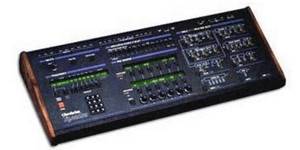
Oberheim Xpander (Analog Synthesizer)
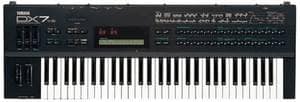
Yamaha DX7II (FM Synthesis)
Recommended Track: Angelina
A pop number that would be perfect for Seiko Matsuda to sing. The melody that starts from the chorus is particularly memorable. This track also features Sato's signature brass sounds, but in addition to the aforementioned brass, orchestral hits are added, creating an even more dynamic and flashy brass sound.
■ Recommended Album: Hiroshi Sato - Aqua (1988)

Released in 1988, Aqua is Hiroshi Sato's solo album, featuring pop tunes characteristic of his style. One of the tracks on the album is titled "Aqua." After the interview, when I went to interview a swimmer, I drew inspiration from the album cover and photographed the water's surface reflected in the pool. I edited the footage in slow motion and used it as background footage for a weather forecast segment, lasting about 1 minute and 30 seconds. Of course, the background music was Aqua. I sent the completed VHS tape to Sato afterward.
Recommended Track: Seat for Two
This pop tune is likely the most suitable for a single release among Sato's songs. The Hiroshi Sato melody is truly brilliant, and his signature brass sounds are explosive. The brass section cleverly fakes its way in at the start of the second chorus and during the big bridge, adding a stylish touch! Additionally, the arrangement of the female chorus in the big bridge is an outstanding groove-filled arrangement. The interplay between the synthesizer brass and Sato's acoustic piano in the outro is a highlight worth listening to!
■ Recommended Album: Hiroshi Sato - Touch the Heart (1989)

Hiroshi Sato's 9th solo album. One of the highlights is the rhythm programming done by Sato himself. The album features skilled musicians such as Masaki Matsubara (guitar), Shigeru Suzuki (guitar), Hiroki Ito (guitar), Jun Aoyama (guitar), and Masato Honda (saxophone), providing excellent support. The album is filled with beautiful tracks.
Recommended Track: Stop the Rain
When I first heard this track, what came to mind was Scritti Politti's masterpiece Cupid & Psyche. The percussion and synthesizer sounds, along with the complex programmed elements, made me wonder if Sato had studied that style. Whether that's true or not, I'm not sure...
Despite its complexity, Stop the Rain is a refreshing pop tune with Hiroshi Sato's signature style. It's a must-listen! I absolutely love it.
Recommended Track: Another Land
The track begins with Sato's signature soft vocals. In the chorus, Jun Aoyama's drumming shines with its incredible groove! The combination of the drum and guitar's single-note backing creates a rhythmic drive, giving the song a sense of momentum.
■ Musicians, Albums, Recommended Tracks, and Keyboards Featured
- Artists: Hiroshi Sato, Shigeru Suzuki, Masaki Matsubara, Yuji Toriyama, Hiroki Ito, Jun Aoyama, Masato Honda, and others.
- Albums: THIS BOY, Aqua, Touch the Heart
- Tracks: Shiny Lady, Sweet Inspiration, Angelina, Seat for Two, Stop the Rain, Another Land
- Equipment Used: Fender Rhodes Electric Piano, Acoustic Piano, Oberheim Expander, Yamaha DX7II, and others.
The “sound & person” column is made up of contributions from you.
For details about contributing, click here.












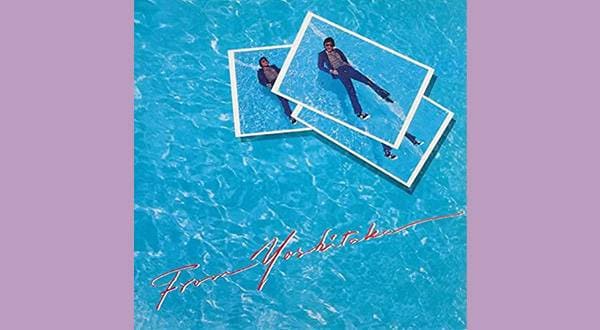
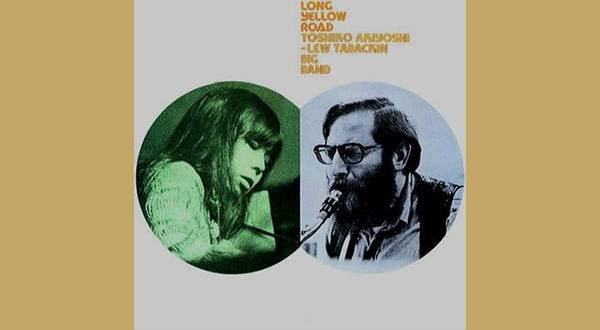

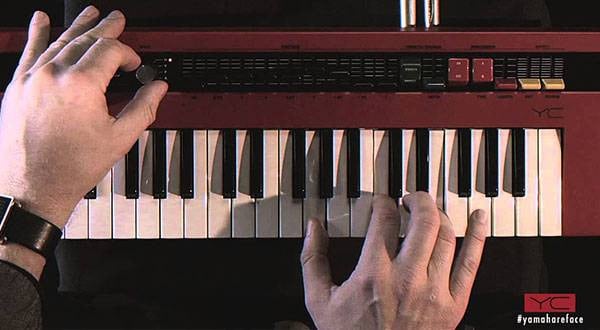
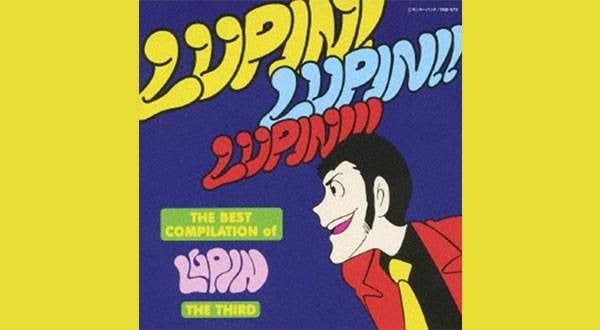
 YAMAHA YC61 特集
YAMAHA YC61 特集
 LP パーカッション
LP パーカッション
 超オススメのフレーズ道場 キーボード
超オススメのフレーズ道場 キーボード
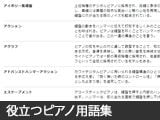 自分にあったピアノを選ぼう!役立つピアノ用語集
自分にあったピアノを選ぼう!役立つピアノ用語集
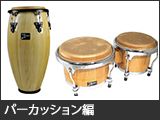 パーカッション編
パーカッション編
 キーボードスタートガイド
キーボードスタートガイド















